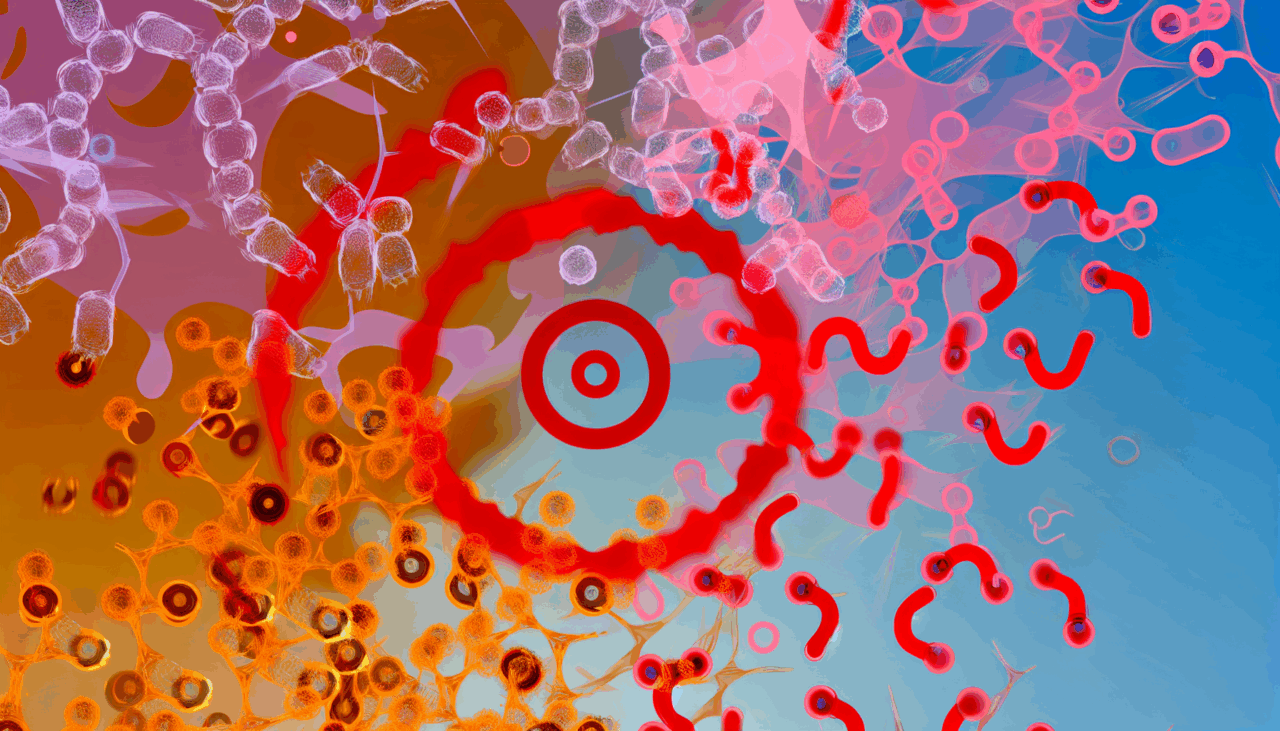Introduction to the Study
At the age of 47, Emi Bossio was thriving in her career as a lawyer, enjoying good health and a fulfilling family life. However, a persistent cough led to a shocking diagnosis: lung cancer. Despite never having smoked, Bossio found herself grappling with this life-altering condition. Her journey to understand the cause of her illness led her to the groundbreaking research of Dr. Aaron Goodarzi at the University of Calgary.
The Role of Radon in Lung Cancer
Dr. Goodarzi heads an interdisciplinary team investigating environmental factors contributing to lung cancer, with a particular focus on radon. This naturally occurring, odorless, and colorless radioactive gas is the second leading cause of lung cancer after tobacco smoking. Despite its significant impact, radon exposure is not yet included in lung cancer screening criteria due to the difficulty in tracking exposure over time.
Innovative Research Using Toenail Clippings
Dr. Goodarzi’s research offers a potential solution. His team is conducting a study to gather critical data on long-term radon exposure by analyzing Canadians’ toenail clippings. “Toenails serve as a biological archive, storing information about our exposure to radioactive substances like radon,” explains Goodarzi, a professor at the Cumming School of Medicine.
After radon is inhaled, it quickly transforms into a specific type of radioactive lead, which the body stores in slow-shedding tissues such as skin, hair, and nails. This discovery led to a proof-of-concept study published in Environment International, where Goodarzi and co-principal investigator Dr. Michael Wieser demonstrated that measuring radioactive lead in toenails is a promising method to estimate long-term radon exposure.
Methodology and Findings
Dr. Wieser, a physics professor, elaborates on their approach: “We combined personalized radiation dose epidemiology with isotope dilution mass spectrometry to conduct ultrasensitive measurements of radon decay products. Our findings indicate that lead isotopes in toenail clippings can quantitatively reveal an individual’s lifetime radon exposure.”
The pilot project recruited participants from the Evict Radon National Study, and a larger validation trial is now underway, aiming to involve up to 10,000 Canadians. Participants are required to test their homes for radon and submit toenail clippings for analysis.
Implications for Cancer Prevention
“If successful, this validation trial could revolutionize cancer prevention in Canada,” says Goodarzi. The data could support the inclusion of more patients in early screening programs, particularly those whose lung cancer is not linked to tobacco smoke.
The pilot study highlighted a significant gap in healthcare: two in five lung cancer patients in Canada do not meet current screening criteria, with many having never smoked or having quit long ago. Tim Monds, a non-smoker diagnosed with lung cancer at 57, emphasizes the importance of early detection and screening programs in reducing mortality rates.
Conclusion
“Lung cancer can affect anyone with lungs,” Bossio stresses, applauding the research efforts of Goodarzi’s lab. This innovative approach to measuring radon exposure through toenail clippings holds promise for improving early detection and prevention strategies, potentially saving lives by identifying at-risk individuals sooner.
For more information, refer to the study “Quantitative assessment of the radon (222Rn) decay product 210Pb in human toenails as a sensitive measure of personalized long-term radon gas exposure history” in Environment International.
🔗 **Fuente:** https://medicalxpress.com/news/2025-10-scientists-toenail-reveal-radon-exposure.html


